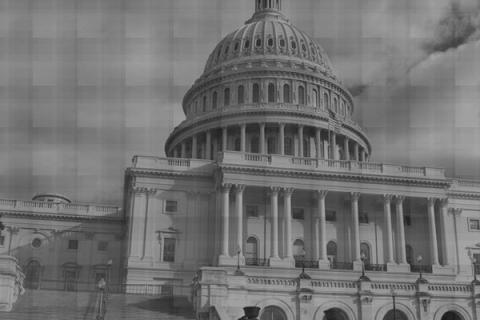The first special primary election for a Congressional office under California’s top two open primary system has been scheduled for May 17th, but new developments in a pending lawsuit may result in an injunction against its implementation. Still, the race taking shape provides some insights into how the new system might affect traditional political and electoral strategy.
Earlier this month, Governor Jerry Brown announced the dates for the special primary and general elections to fill the Congressional seat vacated by Jane Harman in California’s 36th Congressional District. Last week, eighteen candidates filed paperwork declaring their intention to seek the office. With few exceptions, media coverage of the race taking shape in the district has focused for the most part on just a handful of Democratic and Republican party hopefuls with an emphasis on two Democratic party candidates in particular, namely, Secretary of State Debra Bowen and Los Angeles Councilwoman Janice Hahn.
However, if no candidates withdraw from the race or are struck from the ballot, voters in the district will have a wide array of candidates to chose from in the primary: five Democrats, six Republicans, five candidates designated as having “no party preference,” one Libertarian, and one Peace and Freedom Party candidate. Observers predict that, due to the high number of candidates in the race, no one will win an outright majority. The top two vote-getters in the May primary will proceed to the special general election scheduled for July 12th.
The partisan breakdown of registered voters in the Democratic-leaning district is reflective of the state as a whole. Of the district’s nearly 350,000 registered voters, 45% are Democrats, 27% are Republicans, 22% decline to state a party preference, and the remainder are registered with third parties. Given this fact, it appears likely that this will be the first instance in which two candidates from the same party face-off in a special general election.
Yet, it is safe to say that no one really knows what will result from the first such election under the top two open primary system, or any other for that matter. It substantially changes the strategic calculus for parties and candidates alike. Under the old system, the conventional wisdom was that candidates should play to the party’s base in the primary and pivot toward the center for the general election. In the top two open primary, candidates compete with all the other candidates in the race in addition to those of their own party while appealing to voters regardless of their party affiliation.
Let’s assume, for the moment, that all five Democratic candidates in the current race were competitive among Democratic voters, and that all six Republicans were equally favorable to GOP voters. It is possible that no Democrat would receive more than 9% of the vote and that no Republican would garner even 5%. If an Independent or third party candidate in such a race had the backing of just one in ten voters, he or she would be assured a place on the general election ballot. The diluting effect of multiple candidates from both major parties thus provides a potential strategic opening to Independent and third party candidates.
Democratic and Republican party leaders are highly cognizant of the potential effects of a diluted vote. Indeed, the California Republican Party has already begun to take measures to counteract the likely fragmentation of the GOP vote in future primary elections. As CAIVN correspondent W.E. Messamore reported here last week, Republicans have approved measures that would provide for a “pre-primary” in which the party will “now officially be able to pick party favorites via early endorsements.” If the Democrats implement similar changes, the top two system will have effectively resulted in a three-round election system featuring private party primaries followed by a public primary and then a runoff election.
Independents might be surprised to find that there are no specifically-designated “Independent” candidates in the special election for the 36th Congressional District. Under the top two open primary law as it now stands, unless and until there is an Independent Party officially recognized by the state, there will be no “Independent” candidates listed on any California ballot – with the exception of presidential candidates, who do not fall under the scope of top two. The law states that if a candidate is not a member of a party officially recognized by the state, he or she must be listed as having “no party preference” on the ballot.
In February, Michael Chamness, an Independent candidate in the CD 36 primary, filed a lawsuit against Debra Bowen in her capacity as Secretary of State, seeking an injunction blocking the implementation of the new law on the grounds that it would force him to lie. A former Green Party member, Chamness now affiliates with a party that is not recognized by the state, so he will be listed on the ballot as having “no party preference.” Under the old system, Chamness would have been allowed to file as an Independent.
The first hearing in Chamness’s suit took place last week, but, as of this writing, the judge has not yet issued a ruling on the matter. As ballots for the election are set to be printed in the coming days, on Monday, Chamness’s attorney filed for a writ of mandamus with the Ninth Circuit Court of Appeals to compel the district court to issue the injunction. Late Tuesday evening, the appeals court rejected that petition but wrote that “The district court is requested to act promptly on petitioner’s motion for a preliminary injunction,” according to a release from Chamness’s attorney, Gautam Dutta.
For more information on Chamness’s suit, see Chamness vs. Bowen here at CAIVN.

